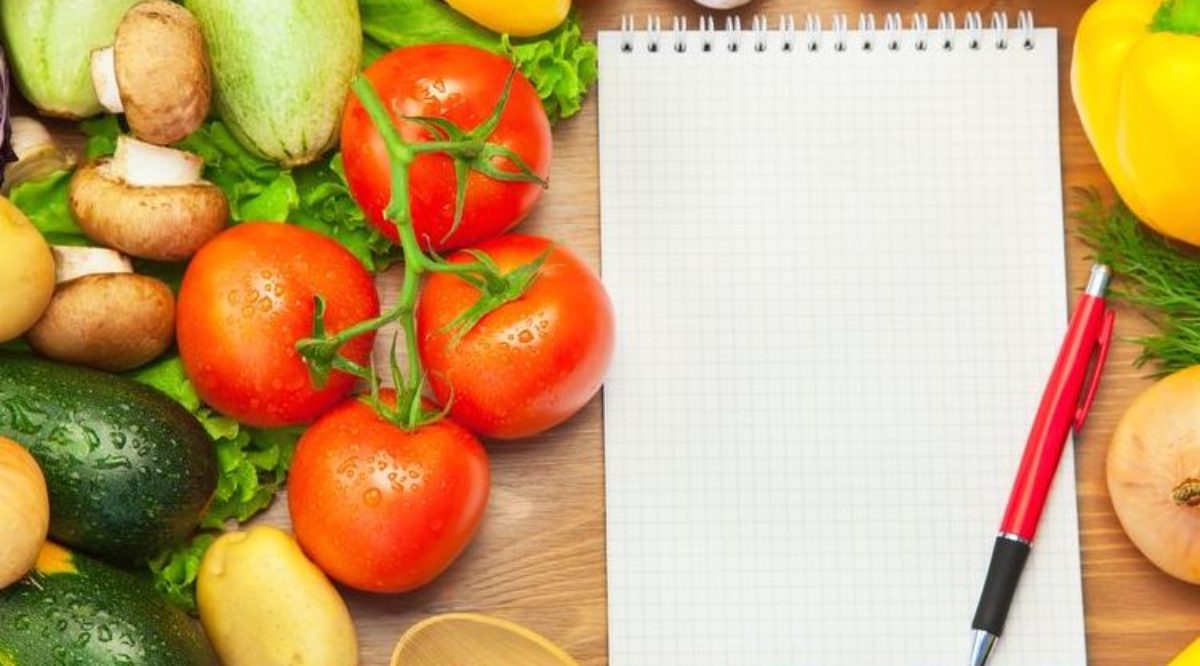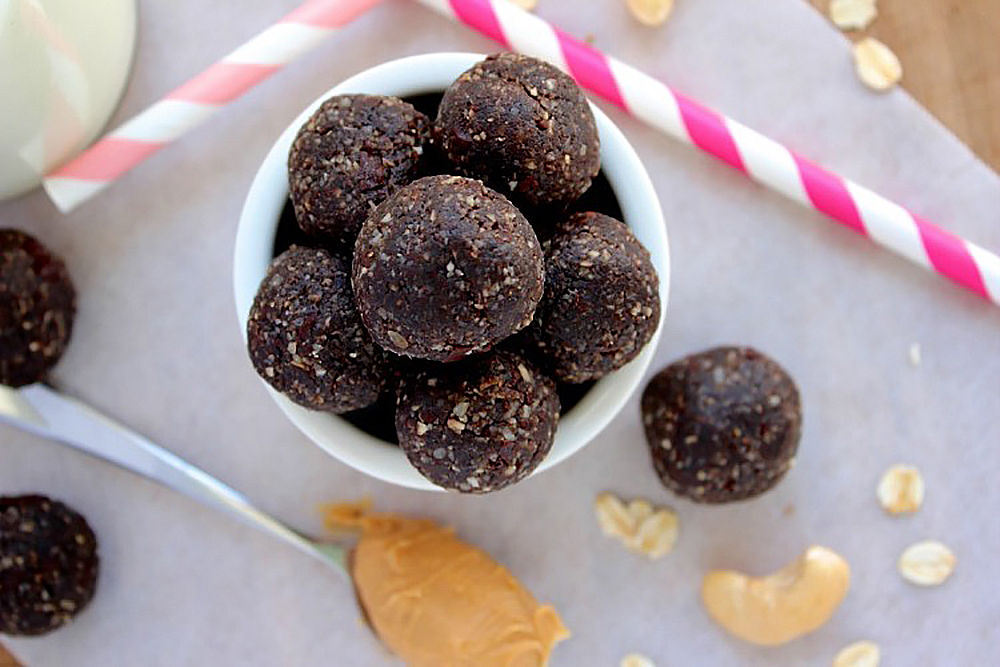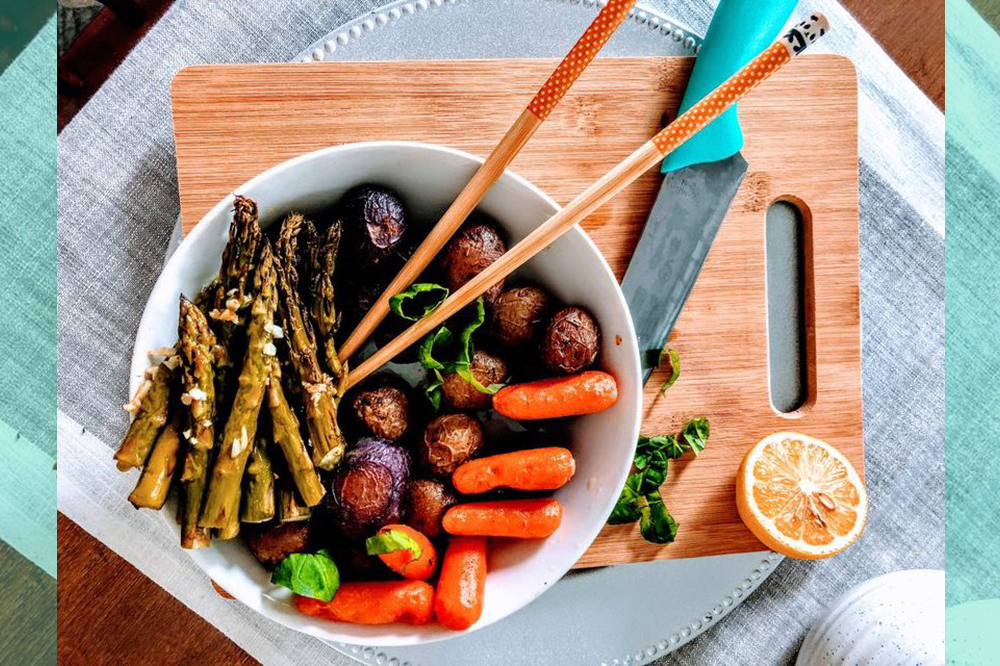How to Create a Weekly Meal Plan
If you’re on the path toward a cleaner diet and greater wellness but find that your busy life makes it challenging to consistently eat healthily, then I’ve got two words for you: meal planning.
Meal planning is a simple strategy that’s perfect if you’re super-busy, want to eat more home-cooked meals, or have dietary restrictions. It’s also a fantastic way to take the guesswork out of what you’ll eat for an entire week!
With just 30 minutes of preparation time each week, you’ll…
– Satisfy your hunger with more wholesome and fresh foods.
– Save time that would otherwise be spent wandering around the supermarket unsure of what to buy.
– Save money by only buying what you’ll be sure to eat that week.
– Avoid the temptation of unhealthy convenience foods.
– Eliminate uncomfortable symptoms caused by mystery ingredients.
Here are 5 basic steps to help you get started with easy meal planning, and you can customize your unique process once you get the hang of it.
1. Choose a time for your weekly meal planning so that you can go shopping for the necessary ingredients right away, or the following day. Weekends are the perfect time to create your plan, shop, and cook your first meal of the week. Once you determine your ideal meal planning day, make it a weekly routine.
2. When ready to plan, take a moment to pause and ask whether your body is inclined toward particular flavors or textures that week. Are you craving things that are warm and hearty, light and crunchy, sweet or savory? You can ask your family members for their input as well so that everyone’s needs are met. Have that in mind and let it guide what you’ll eat that week.
3. Gather your cookbooks, look up some food blogs, and consider favorite meals you’ve prepared before. Use these resources to determine the exact recipes you’ll use.
4. Make 2 lists. The first list will lay out 4 or 5 breakfasts, lunches, dinners, and snacks (with corresponding recipe locations). The second list will include all of the ingredients you’ll need to buy.
5. Whenever possible, plan to make the most of every meal by overlapping ingredients so that nothing goes to waste. For example if you buy a bunch of kale, plan to have 2 or 3 dishes that include kale that week. If you buy oatmeal, you can have oatmeal with berries one day, and oatmeal with almond butter a few days later. Optimizing ingredients is the real trick to efficient planning—plus, it means everything is at hand when it’s time to get cookin’!
Bonus tip: cook extra so that your leftovers will spare you the effort of cooking from scratch a few days out of the week. If you plan it right, you’ll get away with cooking just 3 dinners for the week and coasting through several lunches on leftovers coupled with simple ingredients like fresh veggies.
Once you’ve got your list and ingredients, you’ll simply need to follow your own instructions and stick to the plan. Sometimes that will mean a bit of prep for the next day before you go to bed (such as chopping veggies, soaking beans, juicing, etc.) but the end result will leave you feeling totally on top of your healthy diet and consistently nourished with real wholesome foods.
*This post was originally published on Diana’s site, Living Body Wellness. For more from Diana be sure to visit www.livingbodywellness.com







